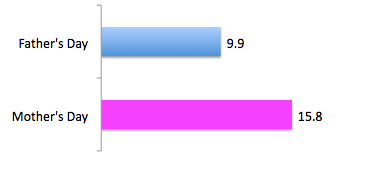A recent study in collaboration between Selman and Pardo from Mexico, and Hagood of UCSD examined the role of Thy-1, a GPI anchored glycoprotein, in fibroblasts from IPF. They found that Thy-1 negative fibroblasts:
1. Smaller in size;
2. Increased proliferation;
3. Enhanced migration;
4. Enhanced contration;
5. Expression of MMP9 in response to TGFbeta1.
The study is consistent with Hagood's previous reports suggesting Thy-1 negative fibroblasts represent a subset of fibroblasts with elevated activation in fibrotic lung.
Other studies suggested that fibrotic fibroblasts appear to grow slower than normal fibroblasts [2], or there is no difference in growth rate between fibrotic and normal fibroblasts [3].
References
[1] Ramírez G, Hagood JS, Sanders Y, Ramírez R, Becerril C, Segura L, Barrera L, Selman M, Pardo A. Absence of Thy-1 results in TGF-β induced MMP-9 expression and confers a profibrotic phenotype to human lung fibroblasts. Lab Invest. 2011 May 16. [Epub ahead of print] PubMed
PMID: 21577212.
[2] Ramos C, Montaño M, García-Alvarez J, Ruiz V, Uhal BD, Selman M, Pardo A. Fibroblasts from idiopathic pulmonary fibrosis and normal lungs differ in growth rate, apoptosis, and tissue inhibitor of metalloproteinases expression. Am J Respir Cell Mol Biol. 2001 May;24(5):591-8. PubMed
PMID: 11350829.
[3] 1: Mio T, Nagai S, Kitaichi M, Kawatani A, Izumi T. Proliferative characteristics of fibroblast lines derived from open lung biopsy specimens of patients with IPF (UIP). Chest. 1992 Sep;102(3):832-7. PubMed
PMID: 1516411.






